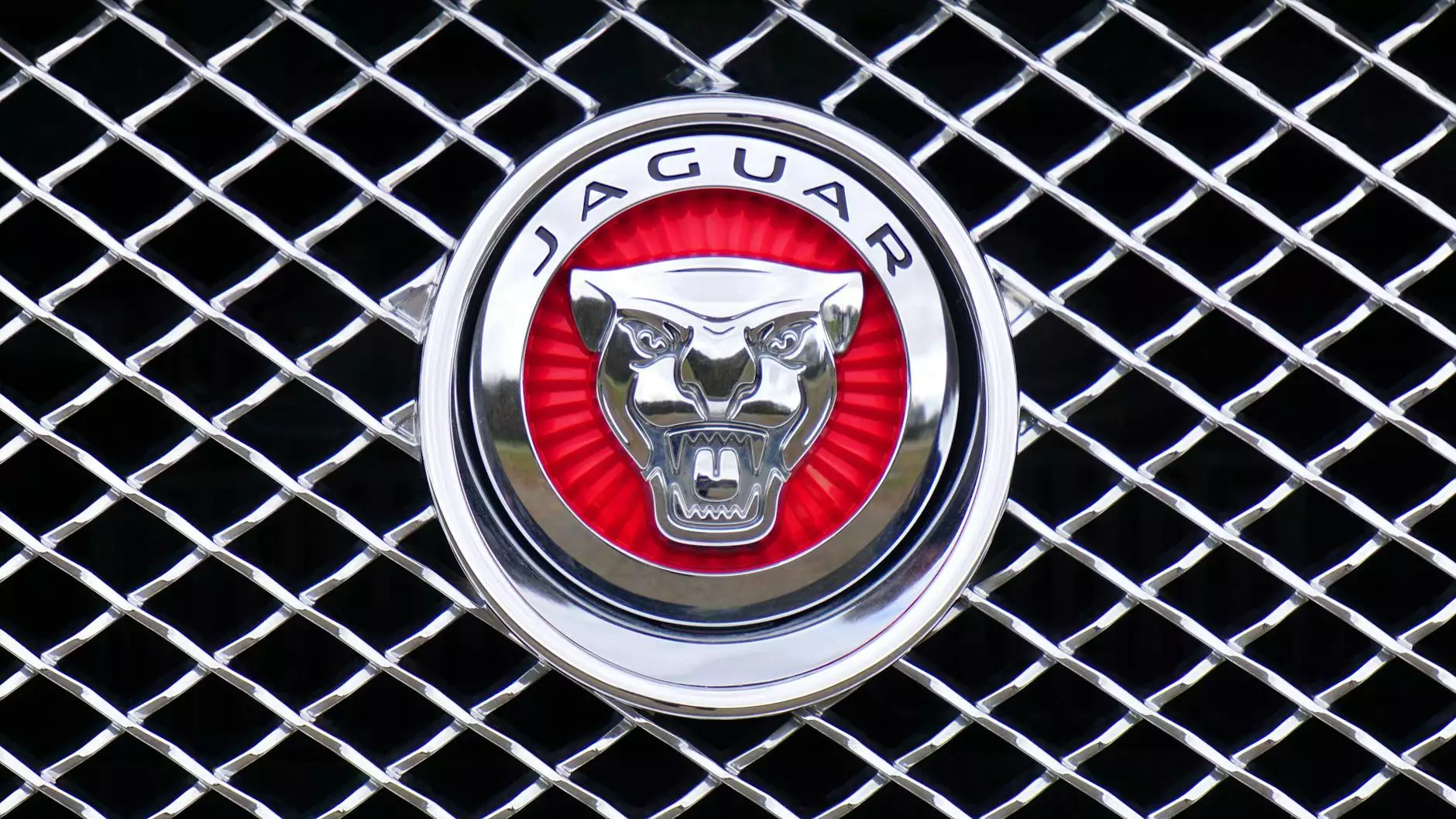Iconic Brands & What Makes Their Logos Special
Blog
Welcome to Stuart Web Design's insightful exploration of iconic brands and what sets their logos apart. In the competitive world of business and consumer services, effective marketing and advertising strategies are essential in capturing the attention and trust of potential customers. Among these strategies, a well-crafted logo stands as a powerful symbol of a company's identity, values, and purpose.
Influencing Brand Perception
A logo serves as the face of a brand, conveying an immediate impression to the masses. With just a few strokes and color choices, a logo has the potential to evoke a range of emotions and associations. Successful brands understand the importance of aligning their logos with their desired brand perception.
Take the globally recognized golden arches of McDonald's, for example. The bold and vibrant design represents a sense of familiarity, comfort, and enjoyment associated with the fast-food chain. This logo has stood the test of time, becoming instantly recognizable and synonymous with quick, affordable meals.
Uniqueness and Memorability
One of the key factors that separates iconic logos from the rest is their ability to be unique and memorable. A strong logo should differentiate a brand from its competitors and leave a lasting impression in the minds of the audience.
The iconic swoosh of Nike is a brilliant example of simplicity and memorability. This logo effortlessly captures the essence of movement and athleticism, making it instantly recognizable regardless of language or culture. It represents the brand's dedication to excellence, encouraging individuals to push their limits and "just do it."
Simplicity and Timelessness
In a world filled with visual noise, simplicity can make a profound impact. The most successful logos, such as Apple's bitten apple or the classic Coca-Cola script, are often the simplest in design. Their timeless appeal allows them to transcend trends and remain relevant across generations.
Apple's logo, a bitten apple with a stylized leaf, conjures feelings of innovation and elegance. Its clean lines and minimalistic approach have made it instantly recognizable, even without the mention of the brand name. As for Coca-Cola, the flowing script and iconic red color have become synonymous with happiness and refreshment, providing a sense of nostalgia for consumers worldwide.
Understanding Color Psychology
Colors play a vital role in logo design, subtly influencing the perceptions and emotions of audiences. Different colors evoke various feelings and associations, making color psychology an essential consideration in logo creation.
For instance, the vibrant red of the Coca-Cola logo exudes energy, excitement, and passion. On the other hand, the soothing blue tone used in the IBM logo represents trust, reliability, and professionalism. By strategically choosing colors that resonate with their target audience, iconic brands leave a lasting impact.
Logo Evolutions and Adaptability
Iconic logos are not stagnant; they can evolve and adapt over time while maintaining their core essence. Successful brands understand the importance of keeping up with changing trends and consumer preferences.
A prime example is the evolution of the Starbucks logo. Starting with a detailed depiction of a twin-tailed siren, the iconic coffee brand gradually simplified and modernized its logo while keeping key recognizable elements intact. This adaptability ensures that the logo stays relevant and fresh, appealing to a broad range of consumers.
Conclusion
The power of a well-designed logo should never be underestimated, especially in the competitive landscape of business and consumer services. Iconic brands have demonstrated that effective logo design goes beyond aesthetics; it influences brand perception, conveys uniqueness, and stands the test of time. By understanding the key elements that make these logos special and incorporating them into your own branding efforts, you can strive for success and create a lasting impression on your target audience.










